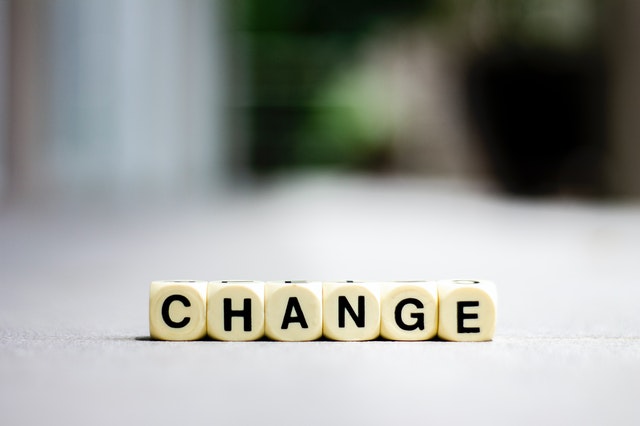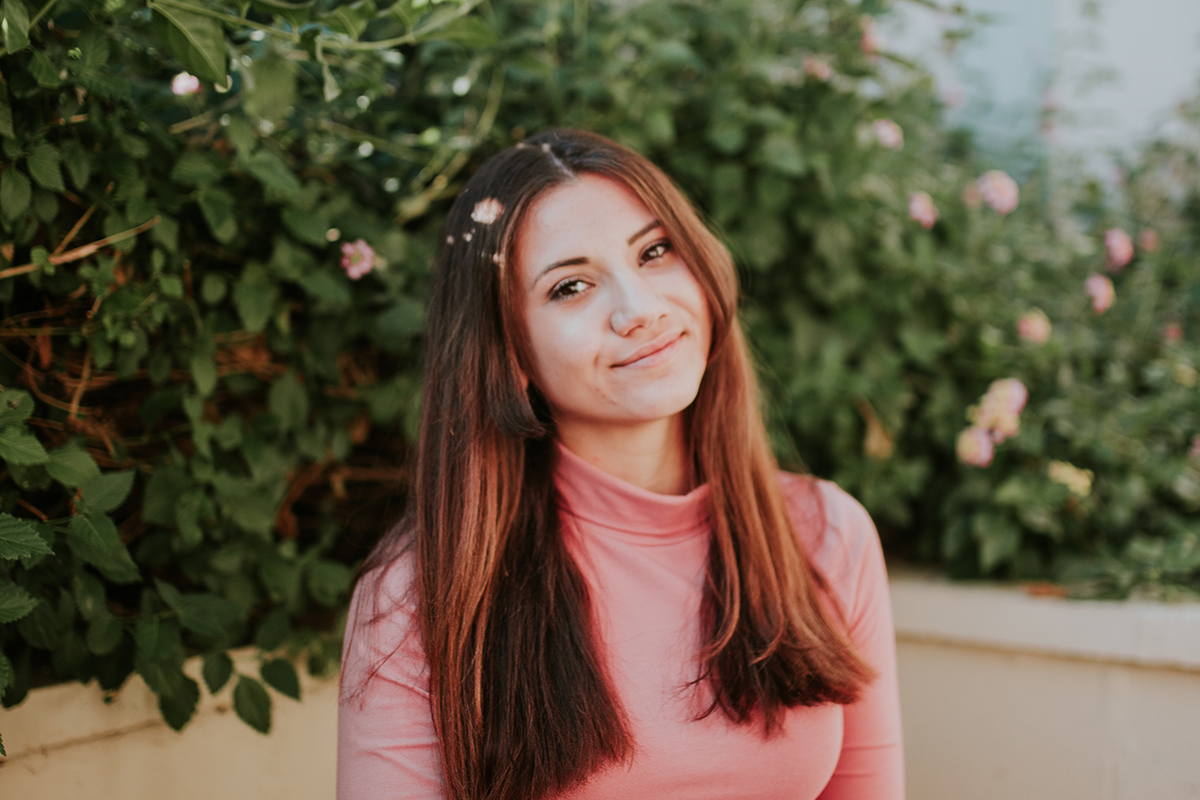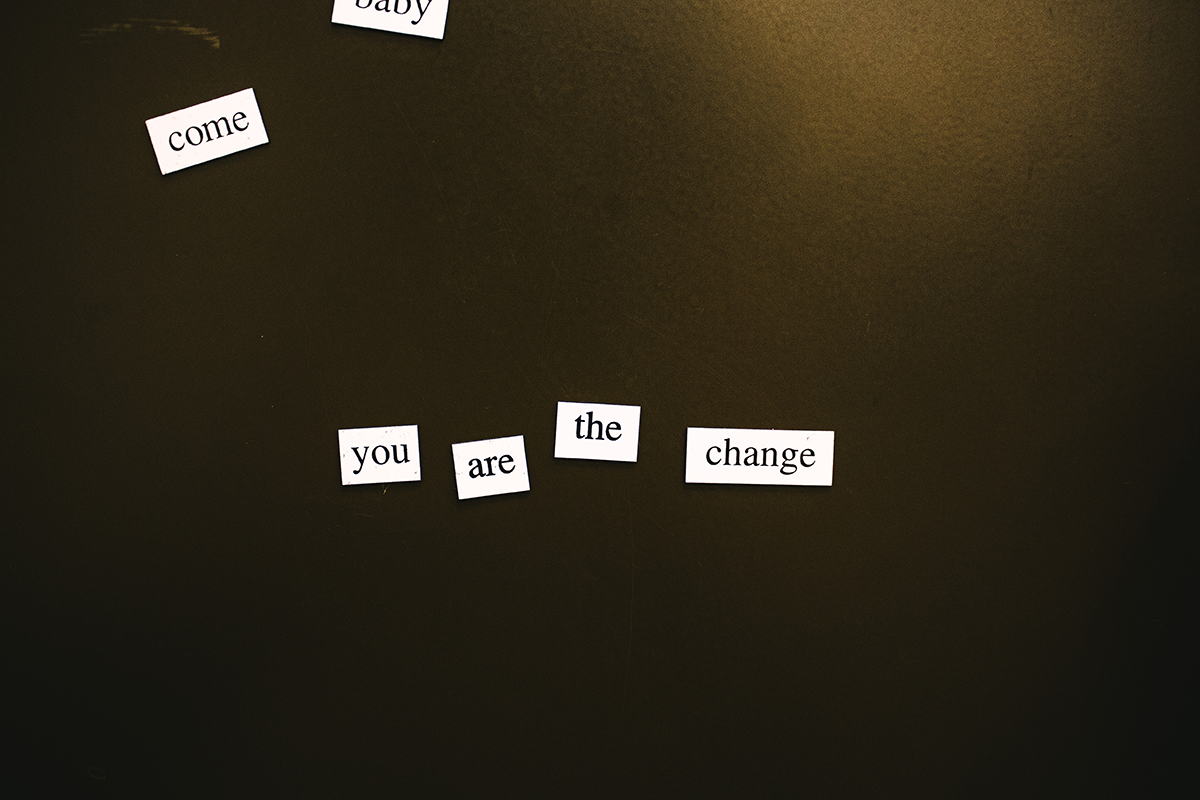Everyone goes through times when they feel sad or “off,” and sometimes it happens during certain seasons that are beginning or ending. This is called Seasonal Affective Disorder (SAD).
It usually occurs around early winter and early spring, which seems strange, right? Especially in a place like Colorado, where people are often outside riding bikes, camping, or playing in the snow. However, for someone with SAD, the changing seasons can bring about a significant emotional and physical toll.
The lack of sunlight, changing time schedules, and lowered serotonin levels can make it challenging to shake off the “funk” that sets in during these transitional periods.
What Causes SAD?
When it comes to SAD, especially the winter-pattern type, a big culprit is serotonin—or rather, the lack of it. Serotonin is a brain chemical that helps keep our mood balanced, and sunlight plays a huge role in its production. But during the winter, shorter daylight hours mean our bodies struggle to make enough of it. That drop in serotonin is one of the main reasons people experience the low moods and fatigue associated with SAD.
“Sunshine vitamin,” also more commonly known as vitamin D, is another piece of the puzzle. When your skin spends enough time in the sun, your body can naturally produce vitamin D. But in the darker months, it’s tough to soak up those rays, which can lead to vitamin D deficiencies. This lack of vitamin D can further mess with serotonin levels. On top of that, people with SAD might lose their appetite or have trouble eating balanced meals, which only adds to the deficiency problem.
And then there’s melatonin—the hormone responsible for our sleep-wake cycles. Less sunlight can throw off our melatonin production, which means disrupted sleep patterns, mood swings, and feeling generally out of whack. When your sleep is off and your hormones are out of balance, it’s no wonder SAD can hit so hard.
Symptoms of SAD
Persistent feelings of sadness or depression
Individuals with SAD often feel a deep sense of sadness or depression that can last for weeks or even months during specific seasons. This feeling can make it hard to stay motivated or enjoy daily life.
Low energy levels or fatigue
People with SAD frequently experience a significant drop in energy levels, making even routine tasks feel exhausting. This fatigue can persist throughout the day, despite adequate rest.
Difficulty concentrating
SAD can impact cognitive functions, making it harder to focus, complete tasks, or make decisions. This difficulty can affect work, school, or personal responsibilities.
Changes in sleep patterns
Sleep disruptions are common with SAD. There are those that might struggle with insomnia, and finding it hard to fall or stay asleep. Others may oversleep and still wake up feeling tired.
Changes in appetite
Many people with SAD notice changes in their eating habits. This can include overeating, especially cravings for carbohydrates, leading to weight gain. Alternatively, some may lose their appetite and experience weight loss.
Loss of interest in previously enjoyed activities
SAD often causes a loss of interest in hobbies or activities that once brought joy. This lack of engagement can further contribute to feelings of isolation and sadness.
Feelings of hopelessness or worthlessness
Negative thought patterns, such as feelings of hopelessness or worthlessness, are prevalent in individuals with SAD. These feelings can intensify during seasonal transitions. (Evolve Counseling Fort Collins uses CBT,a proven method of helping with this and teaching you how to navigate those negative thoughts)
Social withdrawal or isolation
People with SAD may withdraw from friends, family, and social activities, preferring to be alone. This isolation can exacerbate feelings of loneliness and depression.
Increased agitation or anxiety (summer-pattern SAD)
Those with summer-pattern SAD may experience heightened agitation or anxiety, which can feel overwhelming and difficult to manage. They might also have more trouble sleeping during the summer months.
Who Develops SAD?
SAD typically begins in adulthood and is more common in women than in men. People living in regions with longer winter nights and less sunlight, such as mountainous areas like Colorado, are more prone to developing SAD.
Winter-pattern SAD is much more prevalent than the summer-pattern type. Certain factors increase the likelihood of developing SAD. People with a history of depression, anxiety, or other mental health disorders are at higher risk.
SAD is more common in individuals with relatives who have experienced depression or other mental illnesses. Additionally, those with imbalances in serotonin and melatonin levels are more susceptible.
How is SAD Diagnosed?
Diagnosing SAD involves a thorough evaluation by a mental health professional. The diagnostic process typically includes identifying patterns of depression that occur during specific seasons and disappear during others, understanding whether the individual has other underlying mental health conditions, and ruling out physical causes of symptoms, like thyroid disorders or deficiencies in essential vitamins like D and B12.
At Evolve Counseling in Fort Collins, our licensed professionals, Lindsey Phillips, LPC, and Ben Smith, LPC, specialize in recognizing SAD’s unique challenges. We can help you identify your symptoms and create an actionable plan for managing them.
Complications and Management of SAD
When left untreated, SAD can significantly impact an individual’s quality of life. It may lead to worsened depression, with seasonal depression evolving into chronic depression that lasts beyond the affected seasons. People with SAD often withdraw from friends and family, exacerbating feelings of loneliness. SAD can impair daily functioning, including work performance and relationships.
Proper management of SAD involves a combination of approaches. Recognizing early warning signs and seeking help during seasonal transitions is key. Establishing a structured daily schedule can help mitigate feelings of chaos and disorganization. Staying connected with loved ones can provide emotional support and motivation.
Epidemiology of SAD
SAD affects millions of people worldwide, but its prevalence varies based on geographical location and climate. In the United States, SAD is more common in northern regions, where daylight hours are shorter during the winter. For example, it is estimated that around nine percent of residents in Alaska experience SAD compared to one percent in southern states like Florida.
Women are four times more likely than men to be diagnosed with SAD, and symptoms often first appear in individuals aged 18 to 30. Winter-pattern SAD is significantly more common than summer-pattern SAD, making up the majority of cases.
Treatment Options for SAD
- Light Therapy
Light therapy is where you are exposed to a bright light box for 30 to 45 minutes a day, usually in the morning. These boxes mimic natural sunlight and help regulate serotonin and melatonin levels. Light therapy is particularly effective for winter-pattern SAD. Additionally, people should aim to spend time outdoors to enjoy natural sunlight, the crisp Colorado air, and the bright winter sun. This can further enhance mood and improve overall well-being.
- Cognitive Behavioral Therapy (CBT)
CBT is an evidence-based psychotherapy that addresses the negative thought patterns associated with SAD. It helps individuals reframe their thoughts about the season. For example, instead of thinking “This time of the year is so hard,” CBT encourages finding evidence to the contrary like “I get invited to quite a few social events this time of year and usually end up having a good time.”
- Vitamin D Supplements
Supplementing with vitamin D can help counteract deficiencies caused by lack of sunlight exposure. Before taking any amount, you should talk with a health care provider to determine the proper dosage.
- Medication
Antidepressants, particularly selective serotonin reuptake inhibitors (SSRIs), might be prescribed for individuals with severe SAD symptoms. These medications can help balance serotonin levels and improve mood.
- Lifestyle Changes
Simple lifestyle changes like regular exercise, a healthy diet, and spending time outdoors can significantly reduce symptoms. For those in Colorado, bundling up for a quick walk in the fresh mountain air can be a refreshing way to boost serotonin levels.
Living with SAD
Living with SAD can be the worst, but with the right strategies and help, it is manageable. Planning ahead is essential. If you know you are prone to SAD, start implementing coping strategies in early fall. This might include scheduling counseling sessions, setting up a light therapy routine, or planning enjoyable indoor activities. Physical activity can also be a natural mood booster. Whether your an indoor person who wants to do some home workouts or an outdoor person who can go on a walk or a hike, finding seasonal activities you enjoy can make a big difference.
Creating a cozy environment at home with warm lighting, comfortable furnishings, and uplifting decor can counteract the dreariness of the season. Isolation can worsen SAD symptoms, so it’s important to make it a priority in your day to spending time with loved ones or joining community groups. Staying connected, even in small ways, like texting or emails, can drastically help you feel less lonely.
Prevention of SAD
While SAD is not entirely preventable, there are steps you can take to lessen the impression. Regular sunlight exposure can help. Try to get outside during daylight hours, even in the winter. A morning walk or lunch break outdoors can provide a much-needed boost of natural light. Maintaining a consistent sleep schedule, finding a healthy breakfast, and exercising regularly can support overall well-being.
Starting therapy sessions before symptoms appear can provide tools and strategies to cope with SAD. Begin using a light box as the seasons start to change to stay ahead of symptoms. Scheduling activities you look forward to, such as holiday celebrations, winter sports, or cozy movie nights, can also be beneficial.
How To Get Help With SAD
Dealing with Seasonal Affective Disorder can feel like a lot, especially during those darker months here in Colorado, but there’s definitely hope. Lindsey Phillips, LPC, and Ben Smith, LPC, at Evolve Counseling in Fort Collins really get it.
They specialize in helping people manage SAD with tools like light therapy, CBT, vitamin D supplements, and small changes in your daily activities that can make a big difference.
Don’t wait to get the help you need—brighter days are totally possible!




